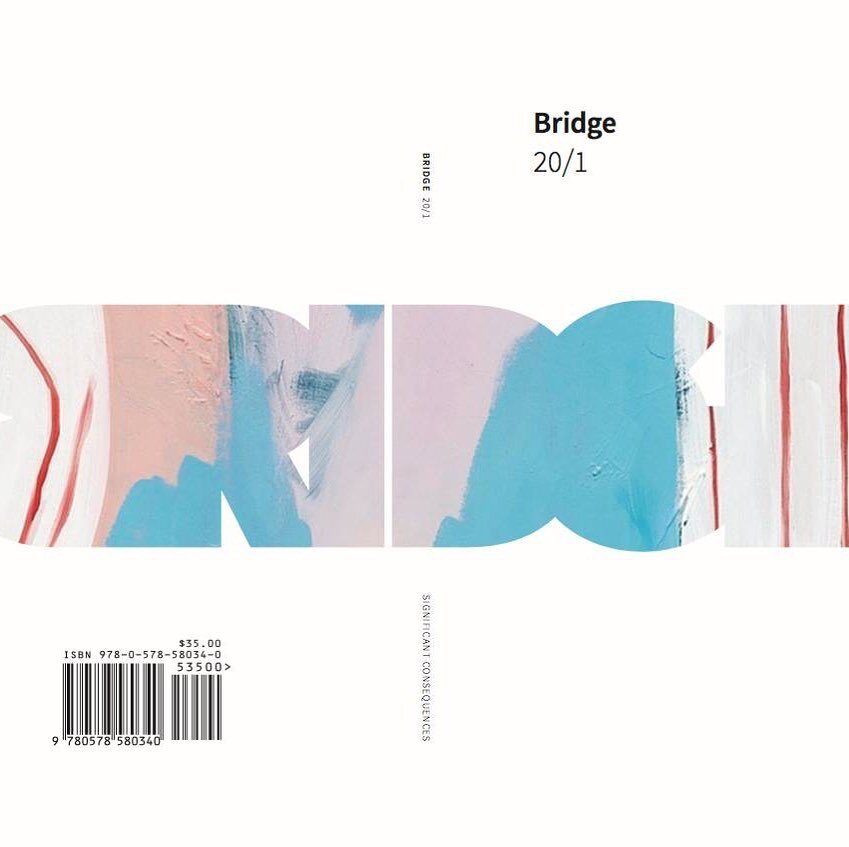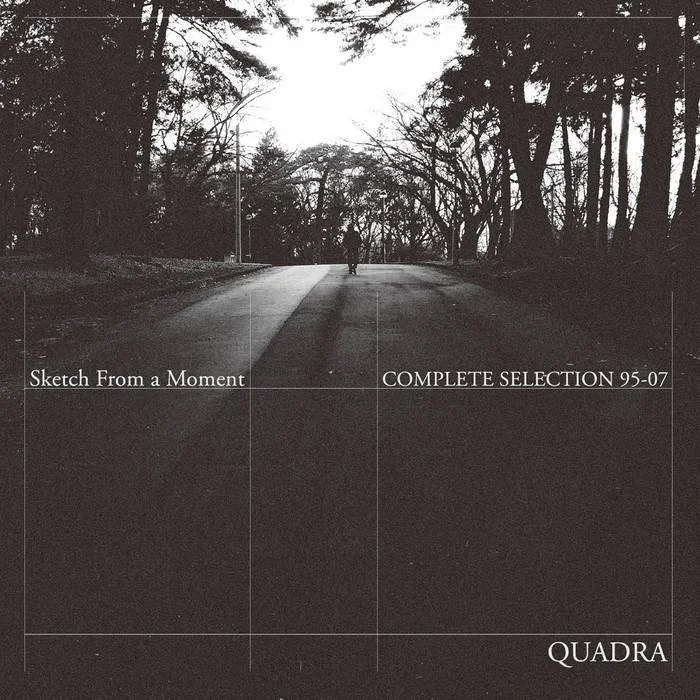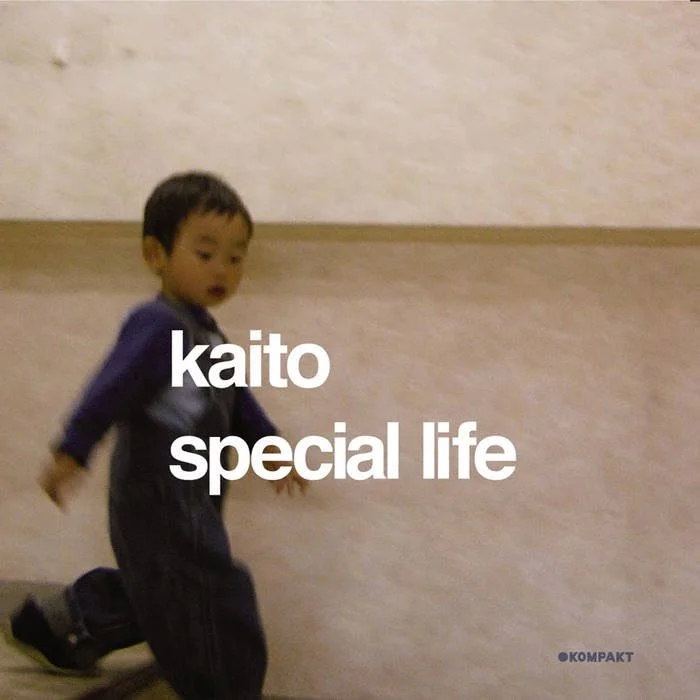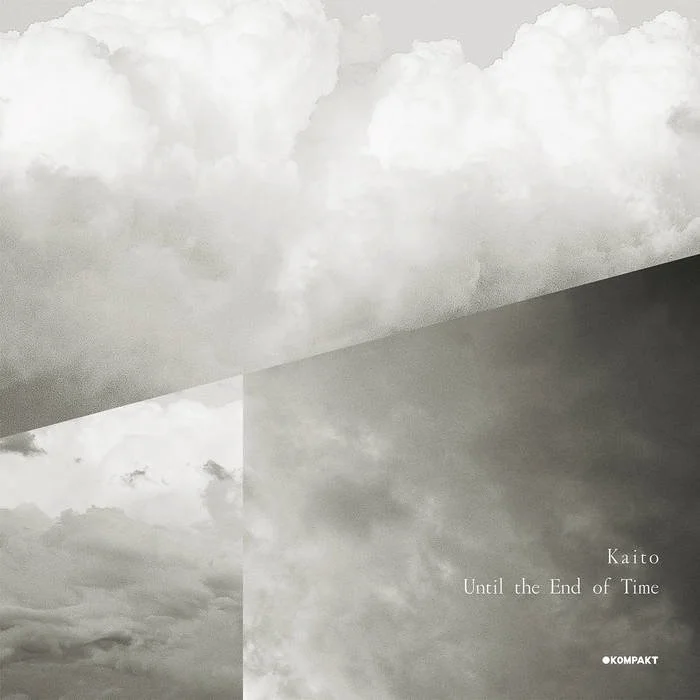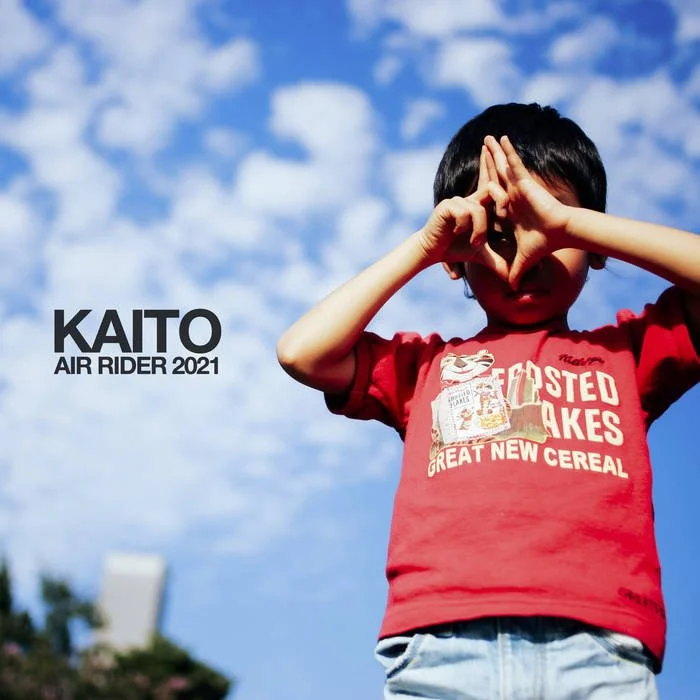PART ONE INTERVIEW: Unveiling the Universe: A 30 Year Retrospective of Hiroshi Watanabe
photo by HIROSHI WATANABE
INTERVIEW: PART ONE
Hiroshi Watanabe
“Heard melodies are sweet, but those unheard are sweeter; therefore, ye soft pipes, play on.” — John Keats
This year marks the 30th anniversary of legendary electronic artist, DJ, and photographer Hiroshi Watanabe, most popularly known as Kaito, meaning “he who explains the universe”. His prolific career, spanning multiple decades, and across different genres of electronic music through over twenty five albums. From the techno scene in New York, to producing music for Konami’s Beat Mania, to his groundbreaking tenure on German label Kompakt, Kaito’s identity and sound evolved hand-in-hand, and despite the multiple aliases, honesty still remained the core part of his music.
His sound has been described as “deep thinking” and “nu-trance”, but despite those unique labels I’ve always had an almost impossible time describing Kaito’s music. Whenever I’ve recommended it to somebody, I found that I'd always go for emotive descriptions, rather than condensing it to genres. Somehow simply saying “trancey ambient deep house” doesn’t quite capture the essence of Kaito. It’s certainly unlike anything I’ve ever heard in these genres. Instead, I'd try to find an analogous emotion, setting, or mood corresponding to the sound, and try to somehow relate that to the other person. His music is the quiet moments of serenity, the birth of your firstborn, it’s those brief reflections as you space out on the balcony, it’s the climb of a steep hill and taking the scenery in once on top, it’s the friends who are hundreds of kilometers away, it’s the blissful moment of kissing the love of your life for the first time. It's the soundtrack to life itself, and perhaps it’s exactly in these moments that – as his name suggests – we learn more about our own universes. While this may seem like the most pretentious way of selling Kaito’s music, it truly is an encapsulation of exactly that. Its power lies in its subjectivity, as each listener wanders into their own inner sanctum of past experiences, feelings, and memories, guided by the evocative track title, resulting in something truly unique and deeply human. A meditative journey, like no other, as the imagination transcends the empirical reality, fueled by each one’s own pastiche of emotions and moments past but not forgotten. Our emotions and life experience may indeed be the most uniquely personal and subjective thing to us, yet Kaito manages to take those emotions and “bottle” them in a sonic form, each one meticulously “labeled” with an apt title.
So how do I condense this to a quick summary in a couple of words without defaulting to the cliches of “life itself” or “being human”? Put simply, I can’t. All I can do is let Kaito’s music, and in this case the artist behind the alias Hiroshi Watanabe himself, speak for themselves. In February this year, I was fortunate to have had the opportunity of conducting a long-form interview with him, as he reflected on the creative process behind his illustrious 30-years-long career, his evolution as an artist through various aliases through multiple decades, the role of nature in his music, the sincerity of his sound, and the personal struggles along the way.
By Rumen Lasev
Rumen Lasev: Some people might not be familiar with it, but throughout the years you've released music under many different aliases ‒ Kaito, HIROSHI WATANABE, Quadra, Tread, NITE SYSTEM, Crunky Boy, and others. How different is your approach to music depending on the alias you're releasing it under? Do they represent different aspects of you or perhaps different aspects and points of your life?
HIROSHI WATANABE: Yes, absolutely. For example, Quadra is one of my earliest aliases, a project I started while studying in Boston and New York after moving to the U.S. in 1990. Many of my early works under this name were my first real attempts at expressing myself fully within the format of electronic music. While I was in New York, I naturally explored techno, but by the mid-'90s, I had developed a deeper interest in house music, which led me to produce many tracks under the alias NITE SYSTEM.
In the late ʼ90s, I had numerous opportunities to contribute music to KONAMIʼs arcade game BEATMANIA, and during that time, I used different aliases strategically to provide a wide range of genres for the game. When releasing music under my real name, I often did so without being constrained by a particular alias, allowing me to fully pursue whatever inspired me at the time. In some cases, I also used my real name for particularly significant releases. As for Kaito, it was a new project that began around the time my son was born. It also marked the first project I started after returning to Japan from New York after 10 years. Around the same time, I also launched TREAD, a project that involved another partner. While I was responsible for music production, the overall concept and direction were something we developed together as a duo.
So in a way, each alias reflects different periods of my life, yet some of them remain deeply connected to me even today. Ultimately, they are all a part of me and my journey different expressions of the same life.
In an old Unyo303.com interview you mention that the Quadra style of “Sketch From A Moment” is “the most honest” of you. Does this still ring true? How would you describe the eventual transition to Kaito and the change from a techno and tech house focused music to a more trance-y, melodic, and deep house forward one?
The interview with Unyo303 was conducted entirely via email while I was living in New York in the '90s. It spanned a long period of time, and looking back now, I see it as a valuable archive that captures my thoughts and perspectives from that era.
In that interview, I spoke about my *Quadra* album, *Sketch From A Moment*, and I remember expressing that it was my first work where I fully poured everything I wanted to explore into the format of an album. That sentiment was completely honest at the time, and I still believe it was true.
Now that I've been making music for over 30 years, I can confidently say that at any given moment in my career, I have always given my all. And even though my experiences have evolved over time, the essence of what I want to express through music the emotions, feelings, textures, moods, and core ideas has remained unchanged since those early days. Of course, I mean this in a positive sense.
Staying true to oneself doesn't mean stagnation or a lack of growth. On the contrary, I believe that as we live and accumulate experiences, we naturally evolve as individuals. That growth, at its core, is what enriches my music not just technical skills but a deeper understanding of life itself. That's why, rather than fixating on mastering a particular genre, I've always focused on how I personally fit into the sound I want to express at any given time. In the end, I'm always excited to see how my approach to life itself will continue to shape and deepen my music.
Album, Quadra Complete Selection 95-07 / Sketch From A Moment (2016 Remaster) by QUADRA (a.k.a. Hiroshi Watanabe)
In 2002 you released your first full-length album with Kompakt - “Special Life” ‒ and you were with them for over a decade. In recent years you've illustrated the importance of synchronizing the music with the listener's memories and feelings, inviting us all to an immersive and meditative journey to look at ourselves. Were you always seeking to connect that way with the audience, from the start at Kompakt or even before that (maybe even with BEATMANIA)?
Yes, absolutely. I believe that anyone who deeply analyzes my music will recognize this. As I mentioned earlier, the essence of what I want to express through music has remained unchanged for the past 30 years. There has always been a specific image and spatial concept in my mind that I aim to convey through sound. The process of translating that vision into music is shaped by my life experiences at any given time, creating an output that is deeply intertwined with my personal journey.
When I was releasing music with KOMPAKT, I would often follow up an album with a *Beatless Album* a version of the same tracks without beats. Whether you call it ambient or something else, it was important for me to express the idea that my music extends beyond the format of dance music. That approach was a key part of my artistic vision.
During the COVID-19 pandemic, when the world experienced lockdowns, I felt an even stronger urge to dig deeper into the core of my music. It was a time of reflection, and through my work, I reconnected with the idea that music has the power to bring people together across the world. Even if that power is small, if my music could provide someone with a sense of courage or inner peace, that alone would make me incredibly happy.
I have always loved making beat-driven music, and that won't change I’ll continue to create more of it. But for me, the most important thing isn't the genre. What truly matters is making music that is deeply honest, pure, and meaningful.
Album, Special Life by Kaito
How important is the right title for a track or release when it comes to evoking a certain feeling in the listener or gently pointing them in a specific direction? In a conversation with Derrick May about your Multiverse album, you've mentioned that usually the music comes first and then you find the fitting title for it. Has that been the case for all of your releases, especially the Kaito ones? Was there ever a time where you struggled to find the perfect title for a track?
Yes, exactly. My music is almost always driven purely by imagery probably about 99% of the time. I rarely create music based on a specific experience, scenery, or event. Instead, what exists in my mind is a sonic world, a kind of spatial composition that I aim to realize in sound. Every time, it's a challenge to see how that vision will take shape. And only after that challenge has been met do I begin to carefully consider what words what title would be most fitting for the music and the world it creates.
So, as you described, words come last in my creative process. This is because, for the instrumental music that I continuously challenge myself to create, the title is the only verbal expression available to me. When it comes to an album, the title functions as a collective representation of the tracks, complemented by the artwork and visuals. Since the music comes first, it's crucial that the words chosen afterward fully synchronize with it. If either element music or words overpowers the other, the balance is lost, and the music itself risks losing its intended impact. That's why the title is such an important part of the process.
For example, imagine hearing an incredible piece of music, only to find that its title is something completely unrelated or incomprehensible. Even if the music resonates emotionally, if the words fail to land at the right moment, the experience becomes a missed opportunity. That crucial instant when the title and the music together imprint on the listener's memories what transforms the experience into something lasting. This concept has always been at the core of my creative approach. As a side note, when working under the name *Kaito*, I was creating music with the sentiment of borrowing my son's name as part of the project. That's why I used childhood photos for the album artwork and carefully considered the titles to fit within that world. It was a deeply meaningful experience for me, and even now, when I look back, I can trace my emotions at the time through the titles I chose. In that sense, every piece of music I've created is also a personal record a reflection of my journey.
When you returned to Kaito after years of not releasing an album under that moniker, the style was a bit different, and it was under a different label. On the release of Nokton you said that “the emotions I want to express now are expressed through a single instrument”, and since then your music has been a lot more ambient and at times drone. What made you have such a long break and change of style? Was it just a natural progression as you got older? We've seen glimpses of it again like the track Summer Breeze Voyage on WHERE TIME REWINDS. Do you think you would revisit your older style in the future again?
Yes. At the time, I was involved in multiple projects simultaneously, and in the midst of creating the latest *Kaito* album, my mother passed away at a young age. This event left a profound void in my heart, and I found myself unable to complete the album I simply stopped working on it. That period of stillness lasted for quite some time.
During that time, I found it difficult to express myself through music as I usually would. I decided to stay in a natural state and not force anything until I felt the urge to create again. As I gradually re-gained a sense of calm, I approached music as a kind of rehabilitation, sitting down with a single synthesizer. I told myself: *Let's start with the sounds I love just me and this instrument.* It began as play, but as I interacted with it, I started to feel something stir within me. A strange realization hit me: *Wait... something is being born again.* For the first time in a long while, I caught a glimpse of that creative spark returning.
I kept playing that one synthesizer, letting the built-in sequencer (which allows for looping and layering sounds) guide me. The sounds and phrases I programmed into it seemed to speak to me, as if saying, *This is a new door.* Following that feeling, I soon found myself immersed in excitement, creating a series of simple loop-based pieces in a flow of inspiration. That collection became the album *Nokton.* Every track on that album was created using a single synthesizer, with loops and parameter tweaks performed instinctively like singing captured live in a raw, unfiltered recording. *Nokton* was my new beginning, a door that reopened my creative path.
Ironically, just as I released the album, the world was hit by the pandemic. Naturally, as I mentioned earlier, my music shifted more heavily toward ambient expression, serving as a message to the world in those uncertain times. However, my fundamental approach to music my instincts and emotions hasn't changed at all. It remains the same. Of course, I will continue making beat-driven dance tracks as well, just as I always have!
You're someone known to revisit his old work and release different new versions of it. For instance Until The End of Time and Another Stories, the AIR RIDER 2021 versions, and numerous more. How do you feel about listening to your older work again and remixing some of it? Sometimes the tracks are also rearranged, how important is the track arrangement in your musical storytelling?
On a personal level, I find it to be an incredibly enjoyable process almost like looking back through a diary. It allows me to reflect on what I was feeling at the time, how I programmed and structured a track, and what led me to consider it complete. Revisiting those moments and rediscovering my past creative instincts is something I truly enjoy. Even when a track feels “finished” at a certain point in time, revisiting it later with fresh perspective often reveals something new. The passage of time and the density of experiences change, and as a result, my perception of the same track shifts. This can lead to fascinating discoveries and a renewed sense of inspiration. That's why, from time to time, I find it rewarding and stimulating to rework and rearrange my own music.
Album, Until the End of Time by Kaito
Album, AIR RIDER 2021 by kaito
END OF PART ONE. READ PART TWO HERE.
Rumen Lasev is an aspiring writer currently working in music copyright, and studying literature in Berlin. His writing aims to occupy the gaps in art discourse. His latest contributions can be found in the Berlin-based Lärm, and The Sheerness Times Guardian.
Like what you’re reading? Consider donating a few dollars to our writer’s fund and help us keep publishing every Monday.

